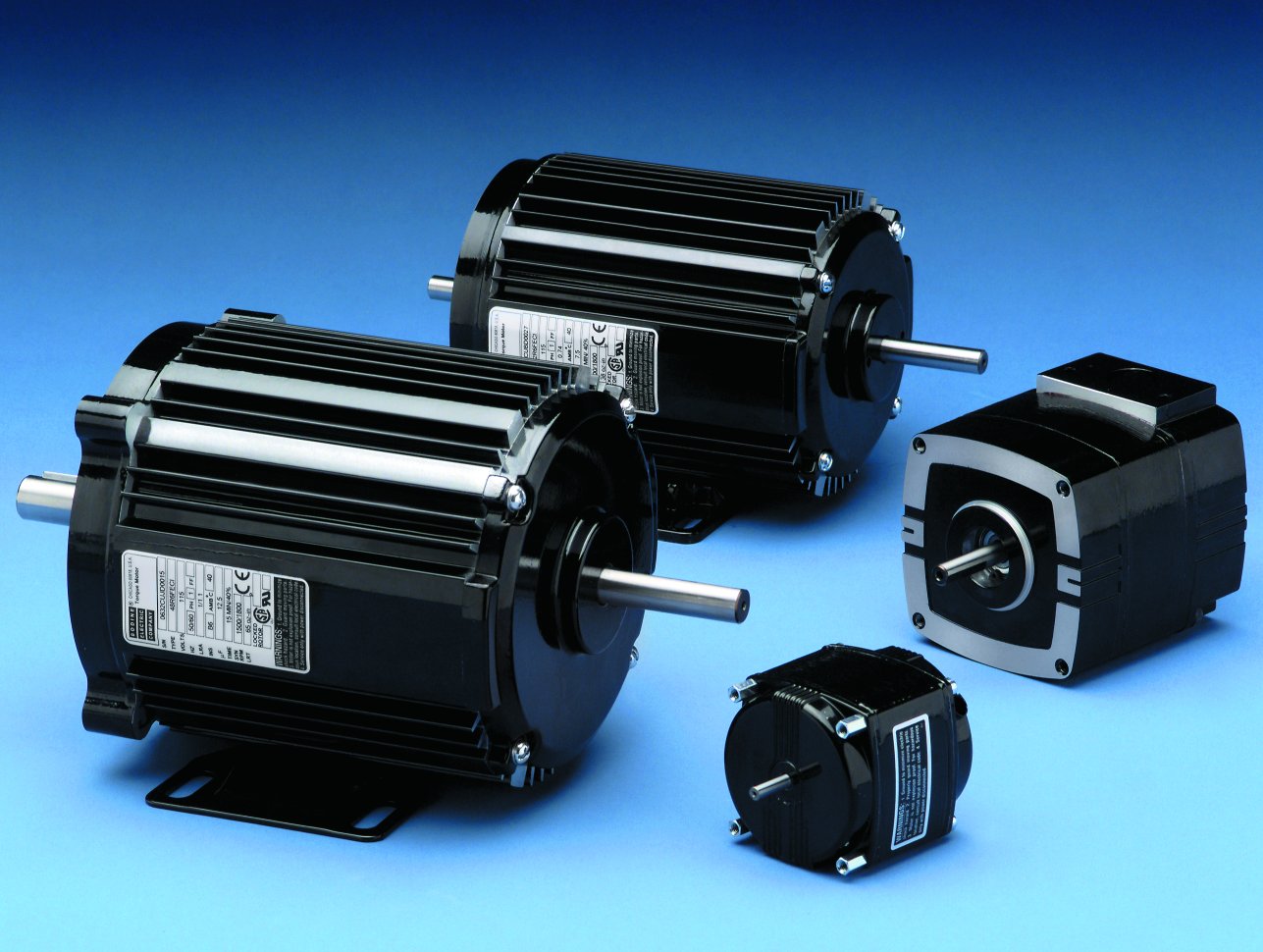Understanding the Basics of Motor Torque
Motor torque is a critical concept in understanding how engines work, influencing performance, efficiency, and application suitability.

Introduction to Motor Torque
Motor torque is a fundamental concept in the realm of motors and mechanical engineering. It refers to the rotational force applied by the motor's shaft. Understanding torque is crucial because it directly influences a motor's performance, efficiency, and suitability for specific applications. Torque is often measured in units like Newton-meters (Nm) or pound-feet (lb-ft), and it plays a pivotal role in determining how effectively a motor can perform its designated task. When selecting a motor for any application, comprehending the torque requirements ensures that the motor can handle the load without straining or causing inefficiencies. This understanding is not only vital for engineers and technicians but also for anyone interested in how motors power our world, from household appliances to industrial machinery.
The Role of Torque in Motor Performance
The performance of a motor is heavily influenced by its torque. In essence, torque is what allows a motor to start moving and to keep moving against resistance. A motor with high torque can handle heavier loads or provide greater acceleration. Conversely, a motor with low torque might struggle with demanding tasks. This is why applications requiring significant force, such as lifting or moving heavy objects, typically require motors with substantial torque capabilities. Torque is also a critical factor in determining a motor's speed-torque curve, which illustrates the relationship between the speed at which a motor operates and the torque it produces. Understanding this curve is essential for optimizing motor performance in various applications, ensuring that the motor operates within its most efficient range.
Calculating Motor Torque
Calculating motor torque involves understanding several key variables, including the force applied and the distance from the pivot point where the force is applied. The basic formula for torque (T) is T = F x d, where F represents the force applied and d is the distance from the pivot point. This calculation is vital for determining the exact torque required for a specific application. For instance, in an electric motor, the torque can be calculated by considering the current flowing through the motor's windings and the magnetic field strength. Understanding these calculations allows engineers to design motors that are precisely tailored to their intended applications, ensuring efficiency and longevity. Additionally, these calculations help in troubleshooting motor issues by identifying whether the motor is operating within its designed torque parameters.
Types of Torque in Motors
There are several types of torque that are important to understand when dealing with motors. Starting torque is the initial torque required to overcome static friction and start the motor. Running torque is the torque needed to keep the motor operating at a constant speed. Peak torque is the maximum torque a motor can produce, often used in short bursts. Each type of torque has specific implications for motor design and application. For example, applications requiring frequent starts and stops might prioritize starting torque, while continuous operations would focus on running torque. Understanding these distinctions helps in selecting the right motor for the job, ensuring that it can handle the demands placed upon it without unnecessary wear or risk of failure.
Practical Applications of Motor Torque
In practical terms, motor torque is what powers everything from small household appliances to large industrial machines. For example, the torque in a washing machine motor determines how effectively it can spin the drum, while in an electric car, the torque affects acceleration and overall performance. In industrial settings, torque is crucial for machinery involved in manufacturing, where precision and power are often required in tandem. The ability to control and manipulate torque allows for more efficient designs and operations, reducing energy consumption and increasing productivity. By understanding and applying the principles of motor torque, industries can innovate and improve their processes, leading to advancements in technology and efficiency across various fields.